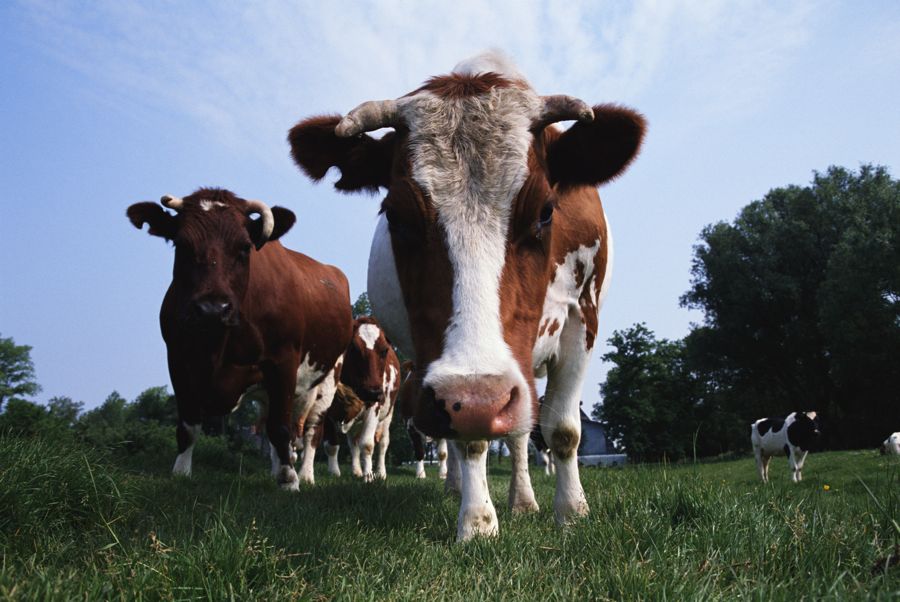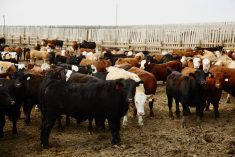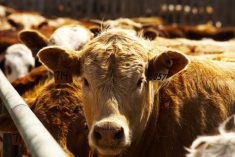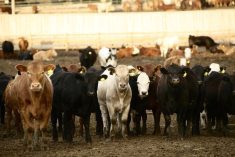This was one of the main questions people were asking after USDA published its annual U.S. cattle inventory report at the end of January. Perhaps it was analysts’ way of trying to explain why they so underestimated by how much U.S. beef cow and heifer replacement numbers increased last year compared to 2013.
If the numbers prove to be accurate, U.S. cow-calf producers will be shown to have been more aggressive than expected last year in rebuilding their beef cow herds. This helped arrest eight years of declining national cattle numbers. USDA’s report also confirmed that beef herd rebuilding has begun in earnest. It also means however, that there will be fewer cattle available to be fed and harvested in 2015, and that those numbers won’t start increasing until mid- to late-2016.
Read Also

Body condition, nutrition and vaccination for brood cows
One of the remarkable events of the past century related to ranching has been the genetic evolution of brood cows….
USDA reported that the January 1 number of beef cows that had calved was 29.693 million head, up 2.1 per cent or 546,000 head from a year earlier. More important, the number of beef replacement heifers at 5.777 million head increased 4.5 per cent or 226,000 head. These are still intentions but it confirms that net heifer retention took place in 2014. Furthermore, the number of beef replacement heifers expected to calve in 2015 was 3.546 million head, up 7.3 per cent or 241,000 head on a year ago.
- More ‘Prime Cuts’ with Steve Kay: A welcome new cow plant for North America
The beef cow increase means the 2014 calf crop was 0.5 per cent larger than in 2013 and might be another 2.0 per cent larger in 2015. The report also revealed that the number of feeder cattle and calves outside feed yards was 25.2 million head, up 0.5 per cent or 34,000 head from the prior year. This though does not suggest larger feeder cattle supplies throughout the year. Northwest feedlots this year will still be on the hunt for young cattle from Western Canada.
The report revealed that beef cow numbers increased last year in Texas, Missouri, Oklahoma, Kansas and Colorado. So the first four states enjoyed a big recovery from their severe drought conditions of 2010-12. Perhaps analysts underestimated the improvement in pasture conditions and producers’ ability to restock as quickly as they did. These five states accounted for 534,000 of the total 607,700 head increase in beef cows. The same five states combined for a 165,000-head increase in replacement heifers out of the total increase.
The U.S. beef industry has responded to the resounding market signals of 2014 and better pasture conditions with robust growth, say analysts Steve Meyer and Len Steiner. But the growth will not be seen in larger beef supplies for some time to come, partly because heifer retention is not likely over. That process has been a big factor in tighter supplies thus far and, to the extent it continues, will continue to be so. Meanwhile, most of those heifers’ calves will not arrive until spring and those calves will not reach market weights until late next year or early 2017. The last time the beef sector saw anything like this expansion was 1994, they say.
Another interesting part of USDA’s report is that it estimates the total number of cattle on feed in all U.S. feedlots. It also does this in its mid-year report in July. The number on January 1 was 13.093 million head, up 0.6 per cent or 75,000 head on a year ago.
Conversely, the latest monthly COF report (which covers only feedlots 1,000 head and over) showed 0.9 per cent or 100,000 more cattle on feed January 1 than last year. This suggests that larger feedlots placed slightly more cattle on feed than feedlots under 1,000 head. But there’s still the feeling that more cattle are being fed in those feedlots, notably in the Midwest.
A North American view of the meat industry. Steve Kay is publisher and editor of Cattle Buyers Weekly.
This article first appeared in the March 2015 issue of Canadian Cattlemen.
















